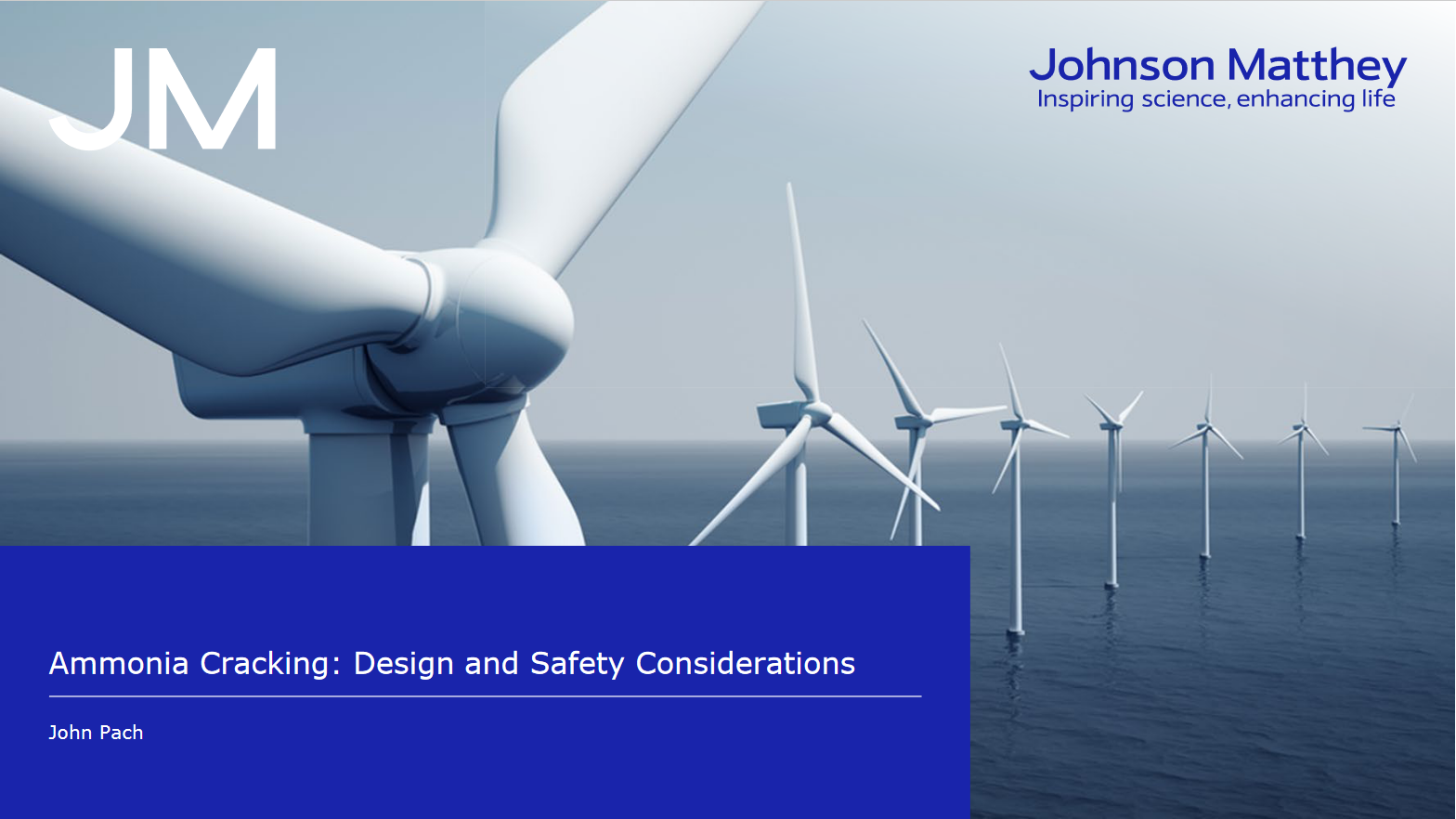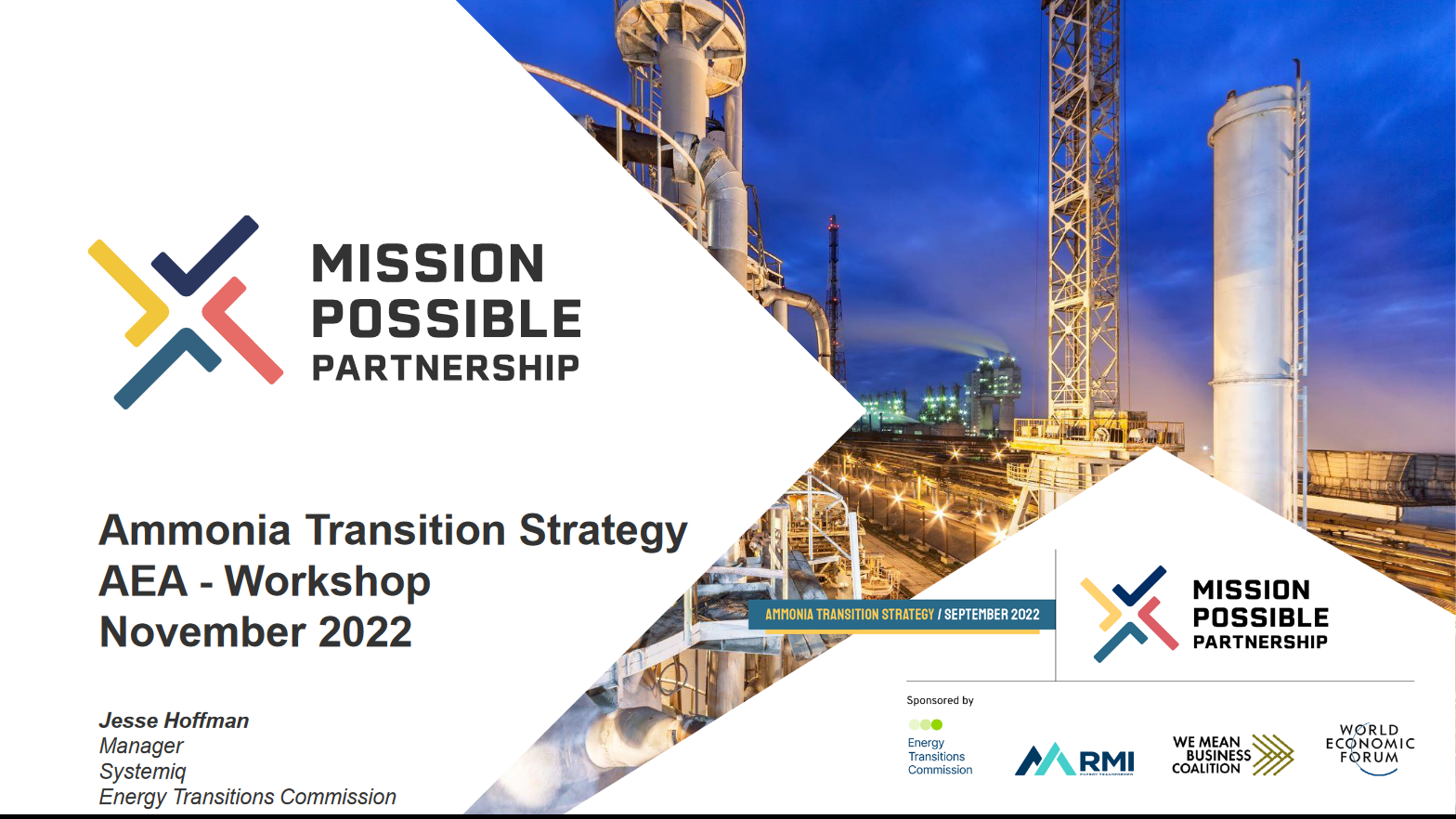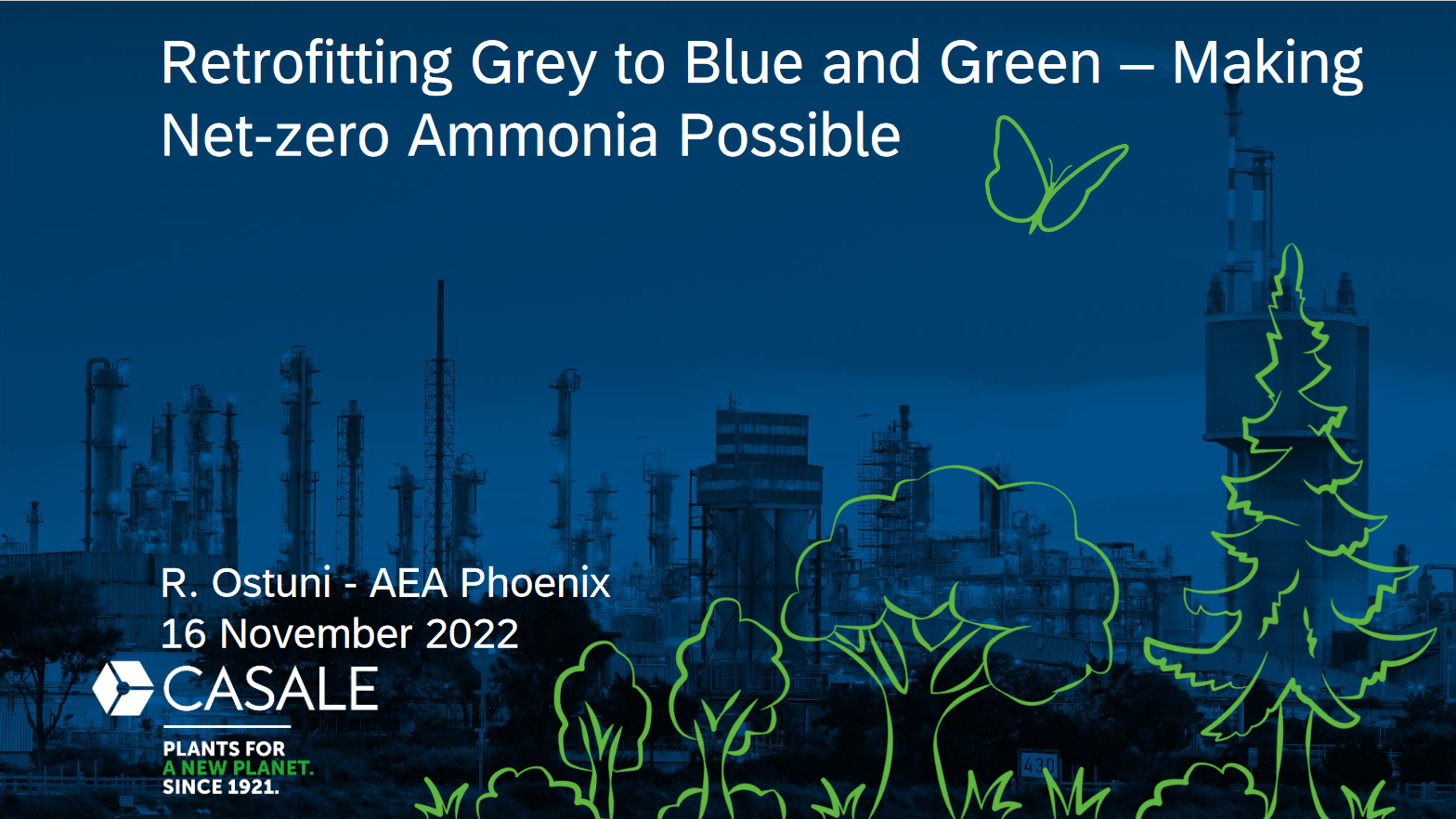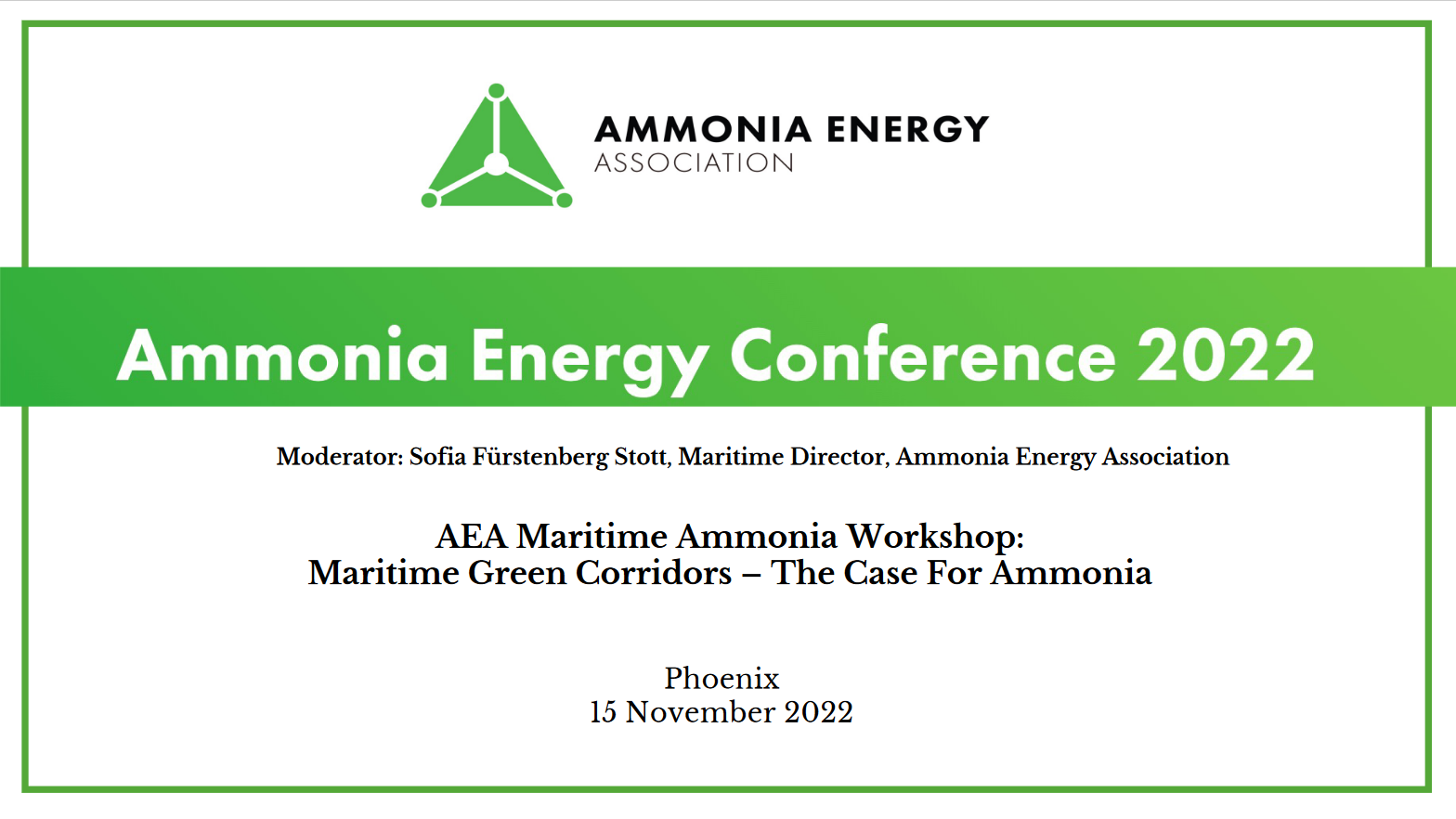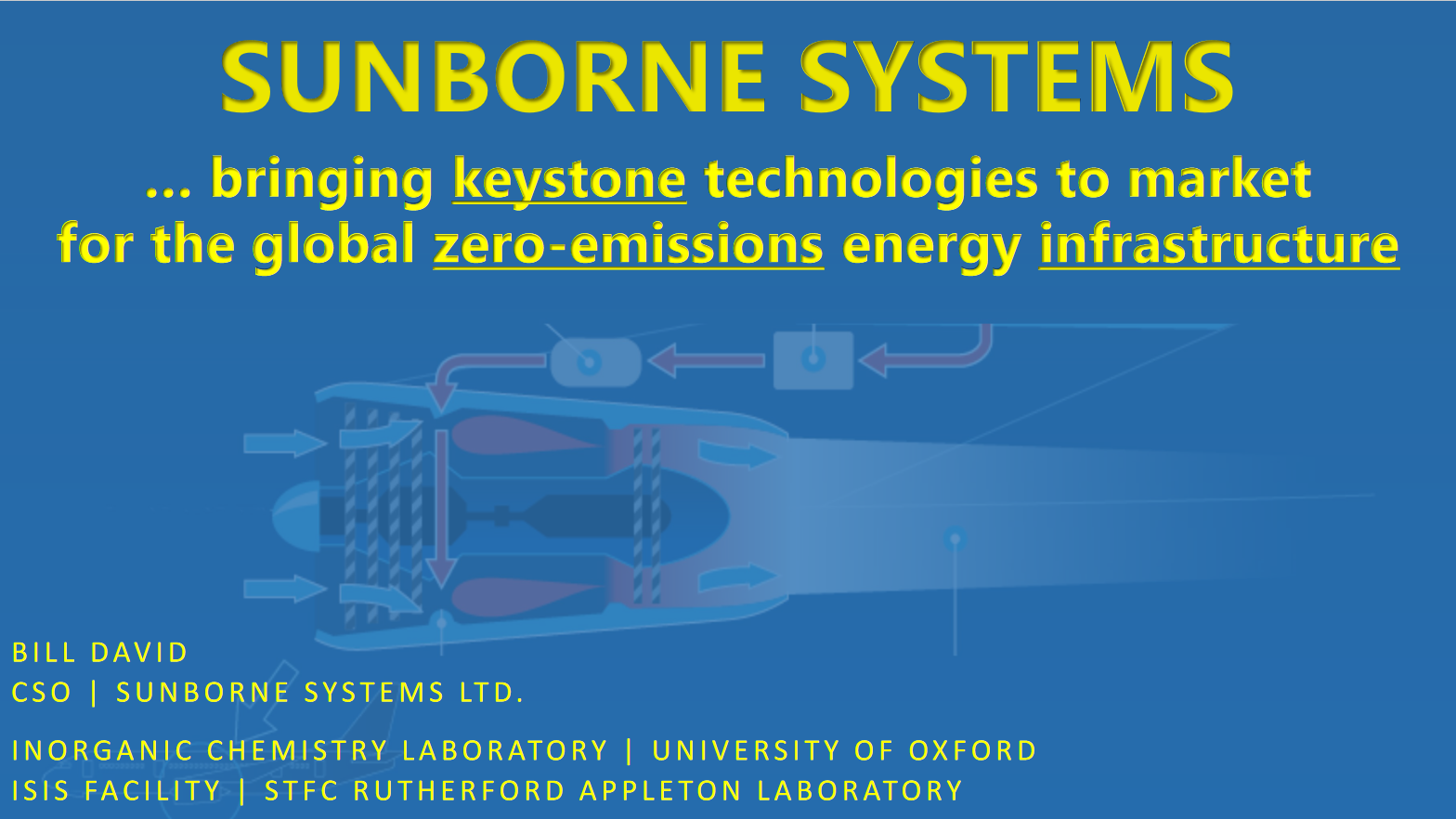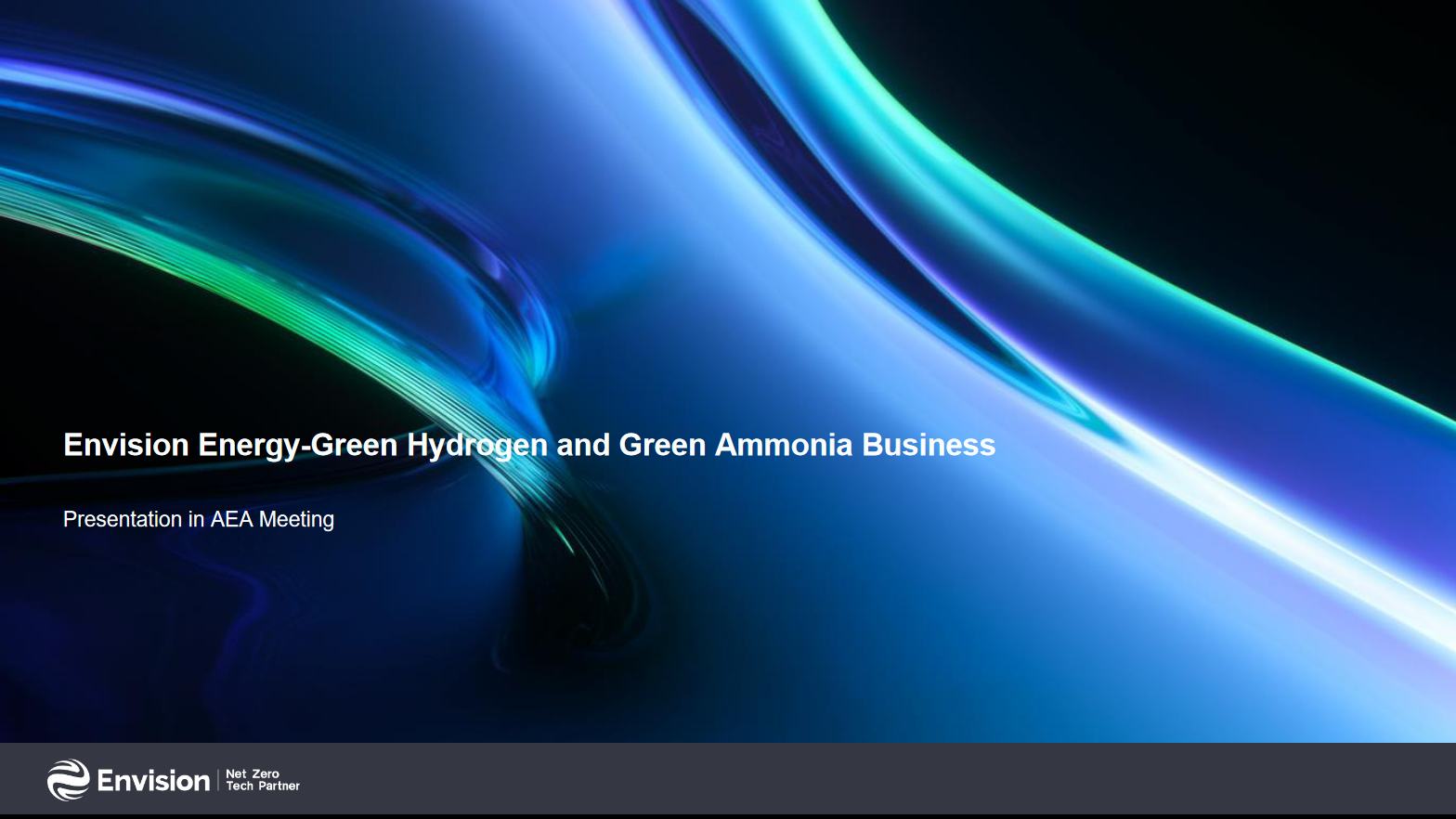Ammonia cracking is an endothermic reaction with characteristics similar to those of steam methane reforming. As a result, large scale ammonia crackers are likely to more than a passing similarity to the steam-methane reformers which are currently used to convert natural gas to hydrogen. When transferring technology from one industry to another the challenge is to distinguish between know-how which benefits the new application, and which should therefore be applied; and know-how which is detrimental to the new application and therefore needs to be either unlearnt or relearnt. The presentation will cover the choices facing the designer of a large-scale…
Infrastructure
Presentation
Accelerating maritime decarbonization via multi-sectoral integration
In addition to its role as a low-carbon maritime fuel, seaborne trade of ammonia will play a key role in global, economy-wide decarbonization. Therefore, marine ports are emerging as likely future hubs for low-carbon ammonia, both as cargo and as a fuel. In many ports, adjacent industries such as refining, chemicals, and land-based freight transport offer additional offtake opportunities for both low-carbon hydrogen and ammonia, and hydrogen offers solutions for decarbonization of port operations. As multi-modal, global-scale trade and demand centers, marine ports have the potential to serve as epicenters and integrators for low-carbon ammonia and hydrogen industrial clusters.
Presentation
Sunborne Systems: bringing keystone technologies to market for the global zero-carbon energy infrastructure
At Sunborne Systems, we are developing zero-carbon ammonia-based solutions for heavy transport and high-energy industrial applications. Our keystone technologies are initially focussed on early opportunities in the maritime industry and have high disruption potential across multiple other hard-to-abate sectors. Sunborne Systems was announced a year ago at COP26 in Glasgow and is a joint venture technology company formed by STFC, Reaction Engines and IP Group building upon the technical strengths of Reaction Engines and STFC in thermal management and catalyst chemistry and their in-common expertise in system design and optimisation.
Presentation
Envision Energy - green hydrogen and green ammonia business
Envision Group is a world leading net-zero tech supplier that aspires to solve the challenges for a sustainable future, with the integrated full value chain of the green new industry from upstream wind power supply to downstream industrial gases. Envision targets decarbonization at scale and offers a variety of solution such as sales of equipment & system, turn-key project handover, operation & maintainance and chemical process design solution. With a firm start in Chifeng city & Jinzhou port, Envision is right now constructing large scale green hydrogen & ammonia projects in mainland China, which will be on-stream by the end…
Article
Building a renewable ammonia supply chain between Australia and Korea
Korea Zinc, Hanwha Impact, SK Gas and Australia-based Ark Energy will work together to build a million-tonne-per-year renewable ammonia supply chain between Korea and Australia by 2032. Ark Energy’s renewable energy portfolio in Queensland will be leveraged for ammonia production, with the three South Korean organisations acting as offtakers. The announcement comes as the Qld state government launches an ambitious new energy plan, which will support the addition of 20-plus GW of renewable energy generation to Qld’s grid.

